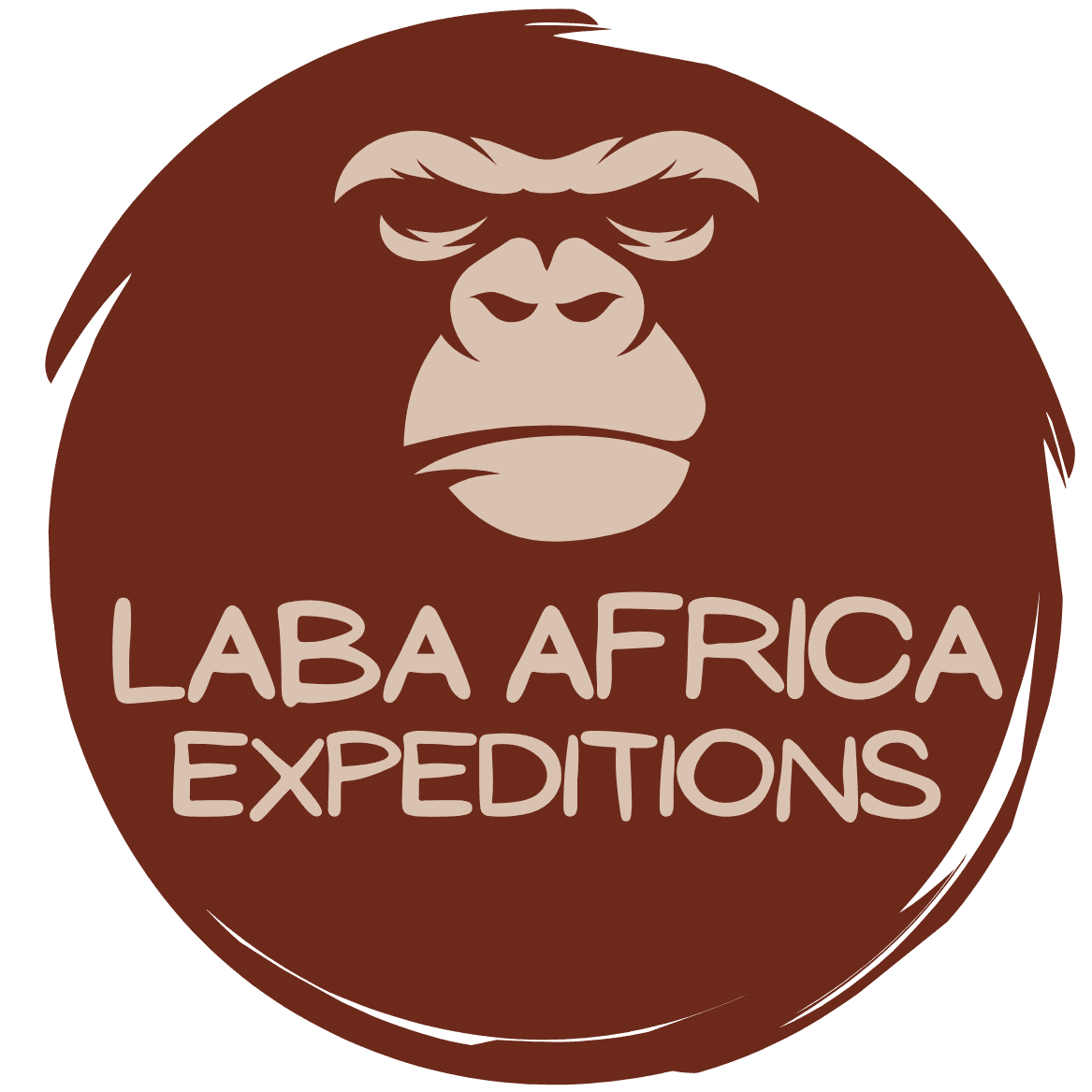DISCOVER TANZANIA
Cultural Tours in Tanzania
Among these include the Maasai warriors – Africa’s most popular culture, the Chagga in Mto wa Mbu, and the Hadzade and Dotoga of Lake Eyasi, to mention but a few.
Cultural Tours in Tanzania take you to some of the most diverse cultures in East Africa. Tanzania is home to over 120 tribes with distinct traditions, beliefs, languages, customs, and cultures. Tanzania’s total population is around 56 million people, and each one belongs to a tribe that is determined by patriarchal lineage. Cultural tours in Tanzania are often added to Tanzania wildlife safaris, hiking tours, and other safari experiences, in addition to exploring the country’s stunning beaches and islands on the Indian Ocean.
In efforts to promote Tanzania’s cultural tourism, the government, in partnership with the Netherlands Development Organization (SNV) established numerous villages where some of the most authentic tribes of Tanzania are found. Among these include the Maasai warriors – Africa’s most popular culture, the Chagga in Mto wa Mbu, and the Hadzade and Dotoga of Lake Eyasi, to mention but a few. Cultural Tours in Tanzania to these villages give visitors a chance to tap into the culture of these tribes and experience how they live. The cultural tours also include visits to the village’s local schools, hospitals, farmlands, and other community projects. While on Tanzania safaris, Cultural Tours in Tanzania are something you will enjoy.
Cultural Attractions in Tanzania
Maasai Bomas Village in Ngorongoro
Located on the western slopes of the Ngorongoro highlands, the Seneto Maasai Boma, home to the Maasai of northern Tanzania, is the most popular stop for cultural encounters. Renowned nomadic pastoralists, the Maasai are the most popular ethnic groups in Tanzania, as well as East Africa. Despite modernization, the Maasai are one of the tribes in Africa that have managed to keep their culture and traditions intact. The Maasai are often on the move from one to place another in search of water and pasture for their cattle and other livestock. However, the government has encouraged them to practice agriculture in their designated land in the Ngorongoro Conservation area
While with the Maasai Boma, visitors will be shown around their huts to explore how they live and interact with them and learn about their history and culture. Visitors will also have an exhibition on how their houses are constructed with cow dung, mud, and wood, how to milk cows and take care of goats and donkeys, etc. Tourists will also be able to engage in spear-throwing challenges, and traditional dances, and visit some of the Maasai handcrafted shops for souvenirs. The Tanzania cultural tour to the Maasai Bomas lasts about 45 minutes and will enrich with a true cultural experience of with Maasai people. Besides the Maasai Bomas, other popular Maasai communities in Ngorongoro include the Irkeepus village whose tour can also be combined with a trek to the Empakaai Crater.
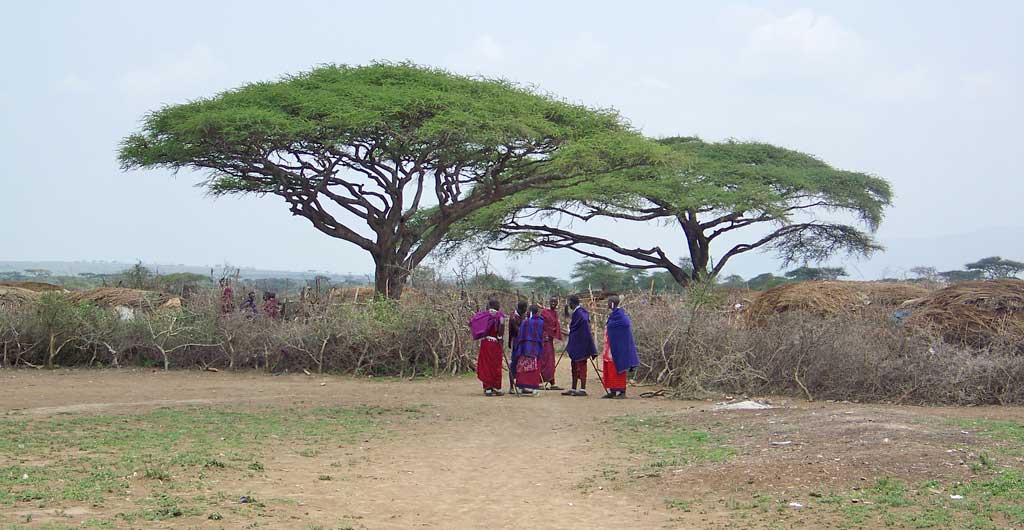
Mto wa Mbu
One of the first cultural villages to be established, Mto wa Mbu lies at the base of the Great Rift Valley, near Lake Manyara National Park. This is the ideal place to go for a cultural tour while on a Tanzania safari in Lake Manyara National Park. Featuring the largest number of tribes in one area in Tanzania, Mto wa Mbu gained popularity around the 1950s after the introduction of irrigation systems. The Mto wa Mbu cultural tour is one enriched cultural safari that entails a village walk where tourists will visit the various villages and explore the different tribes that live here.
There are various village walks; from a climb to Balala Hill to a tour around the slopes of Mount Kilimanjaro to see the Chagga people. Explore several local markets, and banana beer farms and interact with local farmers. Furthermore, visit the Sandawe who are renowned hunters and speak the same language as the Khoisan, the Rangi from Kondoa who specialize in basket and mat weaving, and the Mbugwe of Manyara, among other tribes. Tourists will be delighted to learn about numerous traditional practices such as iron smelting, constructing mud houses and huts, and preparing local cuisines, among many others.
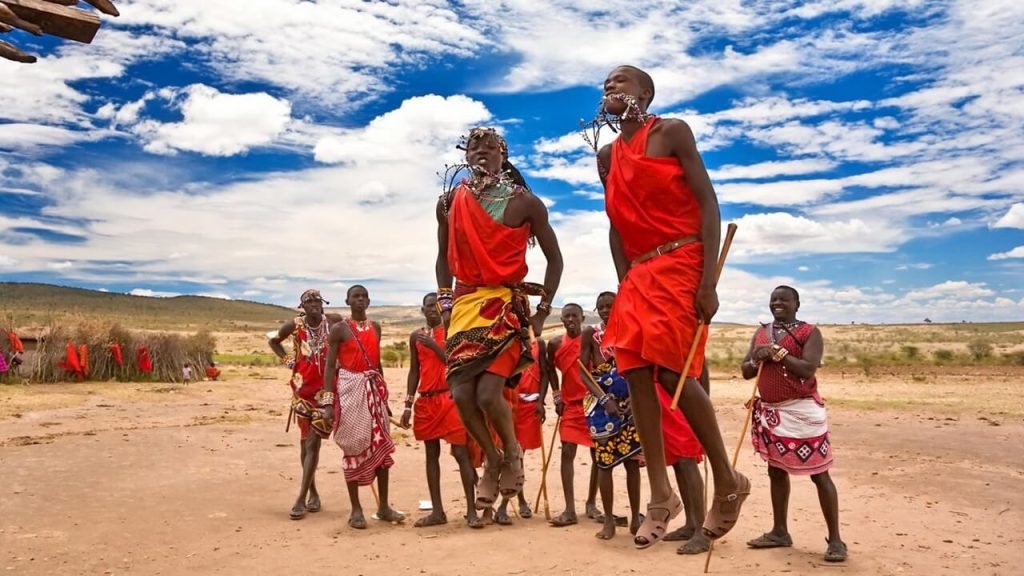
The Hadzabe and Datoga of Lake Eyasi
These tribes, located near the shores of Lake Eyasi, are the most primitive in Tanzania. Lake Eyasi is a soda lake in Northern Tanzania, bordering Ngorongoro Conservation Area to the south. The lake lies on the foothills of the Eyasi escarpment on the western arm of the Great Rift Valley and is surrounded by the Kidero Mountains, hence offering spectacular scenery. The Hadzabe have been living here for thousands of years as hunter-gatherers and still uphold their traditions. The Datoga on the other hand, are a Nilotic-speaking tribe who are mostly known for their captivating style of dressing (bracelets and collars made out of beads and brass).
The Datoga also boast unique tattoos around their eyes which tourists find very fascinating. In the same region, there are other Maasai and Bantu tribes including the Chagga, Meru, and Nyamwezi. The Hadzabe and Datoga, like the Maasai, are cattle keepers. However, the Datoga are very aggressive and tend to collide with their neighbors; nonetheless, they will be glad to meet and interact with tourists on Tanzania cultural tours. While visiting the Hadzabe and Datoga, tourists will learn how to construct cattle fences, milk cows, wield hunting weapons, and prepare traditional food and herbs.
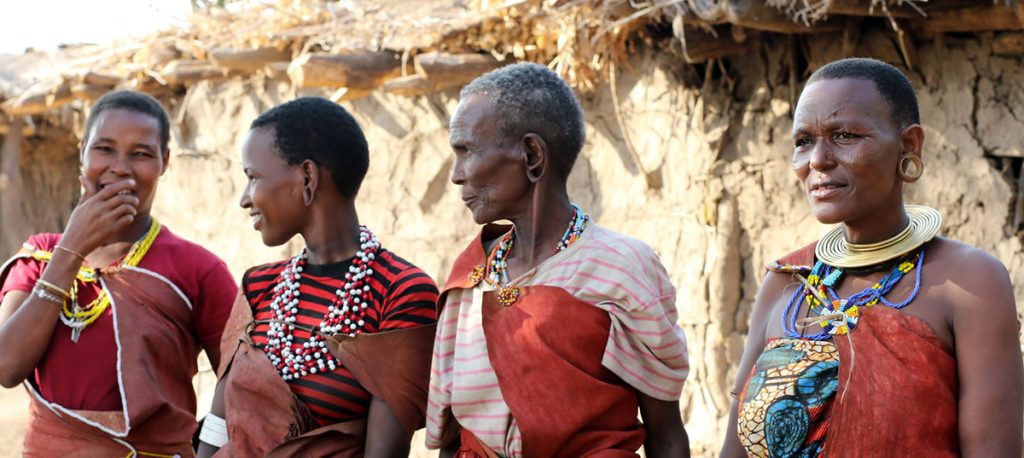

Stone Town – Zanzibar
Located on the tranquil waters of the Indian Ocean, Stone Town is one of the legendary islands of Zanzibar. The town is approximately 15 minutes flight from Dar-es-salaam and an hour from Arusha town; and among many things, is known for fruits, spices, fragrances, and flowers. Stone Town is the most visited island in Zanzibar, boasting ancient structures and the origin of Swahili culture. Over the centuries, Zanzibar was occupied by a variety of different people including Arabs, Portuguese, Sumerians, Indians, Egyptians, etc., greatly influenced the island’s culture.
The UNESCO World Heritage Site offers thrilling cultural and historical experiences, where tourists will learn about the birth of Swahili culture, and explore the elegant ancient architectural buildings including churches, mosques, museums, and the town’s narrow streets.
Kilwa
Kilwa is a UNESCO World Heritage Site in Tanzania comprised of the historical islands of Kilwa Kisiwani & Songo Mnara or Kilwa Kivinje. The site is located on Tanzania’s southern coast about 6 hours’ drive from Dar es Salaam; scheduled flights by small aircraft connect Kilwa with Zanzibar, Dar es Salaam, and several game parks. Kilwa was a major commercial center connecting Asia to the African interior across India, and it was the epicenter of the barter trade where ivory and gold were exchanged for products like beads, jewelry, cotton, and porcelain.
The site was first inhabited by traders from the Arabian Peninsula and the Persian Gulf as early as the ninth century, and these left cultural imprints which may still be seen in the remains of their exquisite architecture and the Swahili culture. Kilwa was once the most powerful city on the East African coast for from the 12th to the 15th centuries. The town had dominated commerce from Sofala in Mozambique to Mombasa in Kenya.
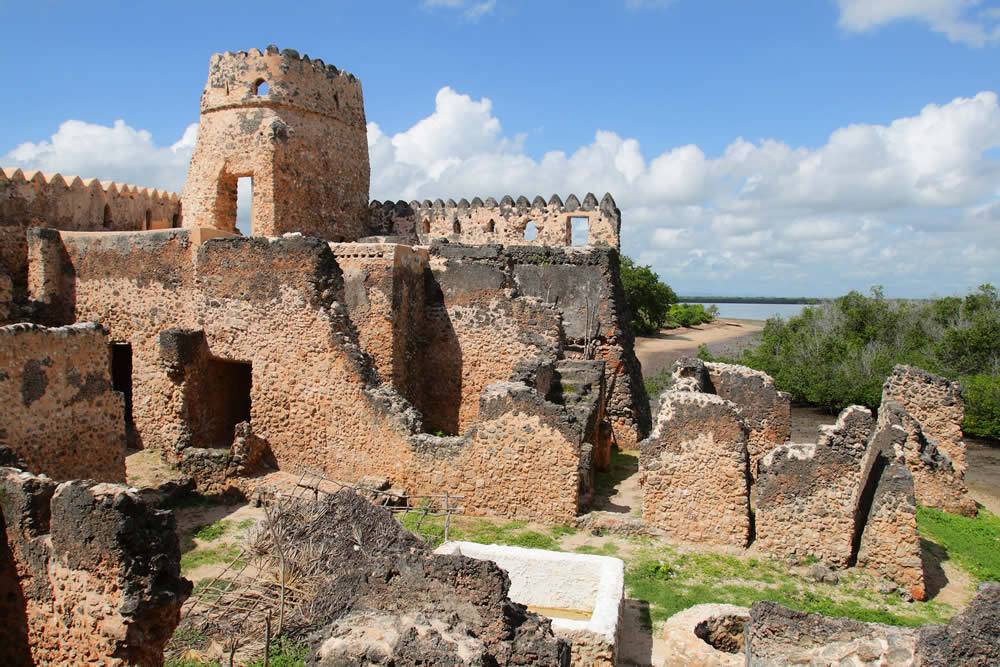
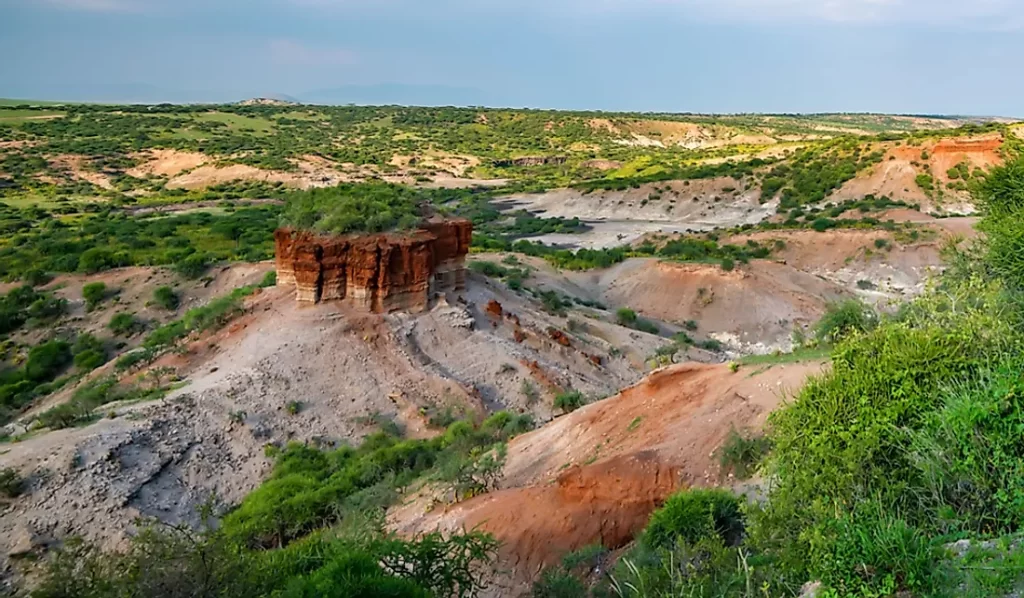
Olduvai Gorge
The Olduvai Gorge is an archeological location where Dr. Louis Leakey found the skull of the “Nutcracker Man,” also known as Zinjanthropus, in 1959. This particular fossil, like many others, dates back around 2 million years. Popularly known as the Cradle of Mankind, the UNESCO World Heritage Site is home to the handyman or “Homo habilis” and the Zinjanthropus which are displayed in a small museum at the site. The Olduvai Gorge is located on the route leading to the Serengeti National Park and the Ngorongoro Crater.
Kondoa Rock Paintings
Located in Kolo, approximately 260 kilometers from Arusha, this UNESCO World Heritage site has ancient rock art that includes humans as well as wild animals such as giraffes, elephants, and elands. The Kondoa Rock Paintings are of high quality and date back roughly 10,000 years. The majority of the paintings are in dark red and are credited to the bushmen who lived in the region as hunters and gatherers. These bushmen, who were also believed to be the forefathers of the Sandawe tribe utilized clicking noises to communicate. The Sandawe people still reside in this region. the site also features more recent Warangi paintings from around 500 years ago.
The Kolo Rock Paintings are around 160 kilometers from Tarangire National Park, on the Maasai Escarpment bordering the Great Rift Valley. The rock paintings may be viewed on a day excursion on Tanzania safaris to Tarangire National Park or the Maramboi and Lake Burungi districts. The tour lasts about 2 to 3 hours and also includes a visit to the neighboring Pahi highlands.
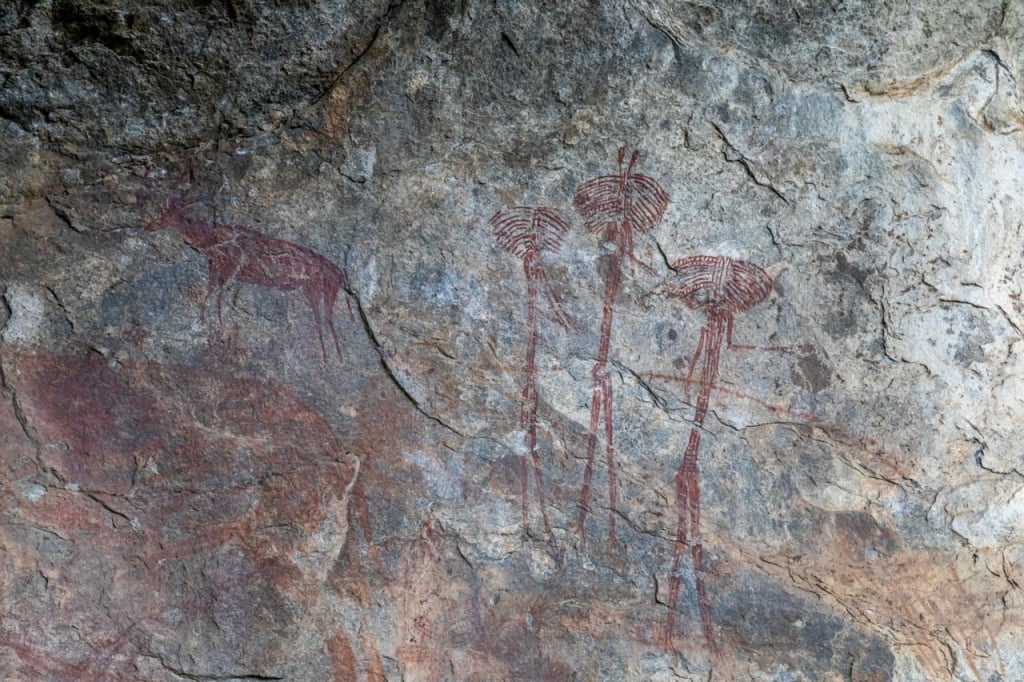

Bagamoyo
Bagamoyo, 75 kilometers north of Dar es Salaam, was formerly one of the most significant commercial centers on the East African Coast and a well-known embarkation point for slaves from the countryside. The center was established by the German colonialists in the 1880s as their first German East African capital. Bagamoyo plays an important role in world history as an entrance point for Arabs, European missionaries, explorers, and traders throughout East and Central Africa, as well as in the history of the slave trade. Fortunately, Bagamoyo is currently being examined for inclusion as a World Heritage site to maintain and safeguard the magnificent Gothic and Afro-Arabic architecture in this historic seaside hamlet.
Tourists on Tanzania cultural tours to Bagamoyo can visit the Kaole remains, one of Islam’s which date back to the 12th century, the Old Fort, which was erected in 1860 to keep slaves en route to Zanzibar, the first Roman Catholic Church in East Africa, built around 1868, Livingstone Memorial Church, the German colonial administration headquarters, and the Mission Museum. Moreover, Bagamoyo’s white sand beaches are not to be missed.
